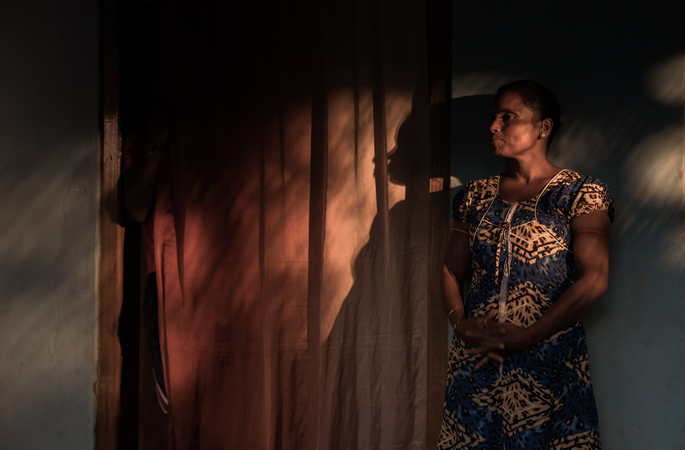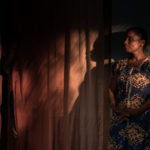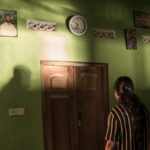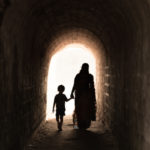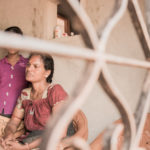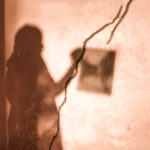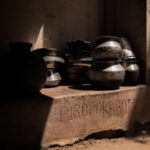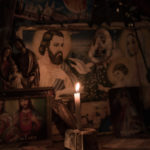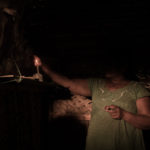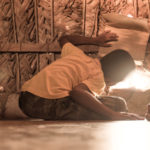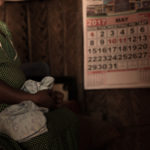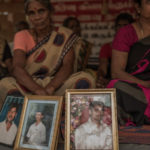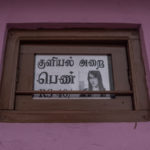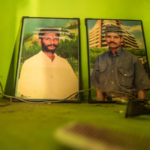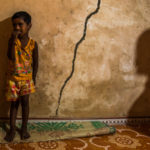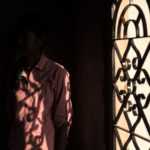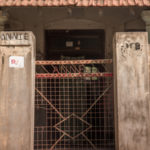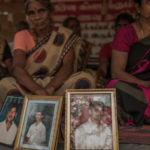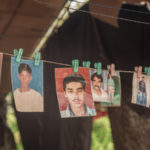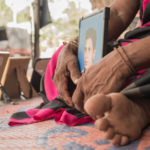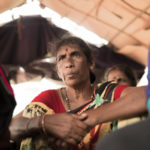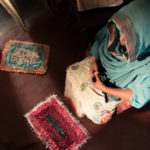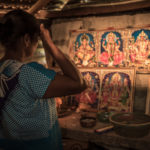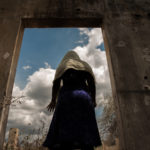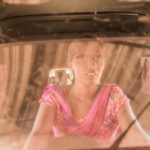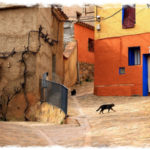I spent several weeks in the North of Sri Lanka last year.
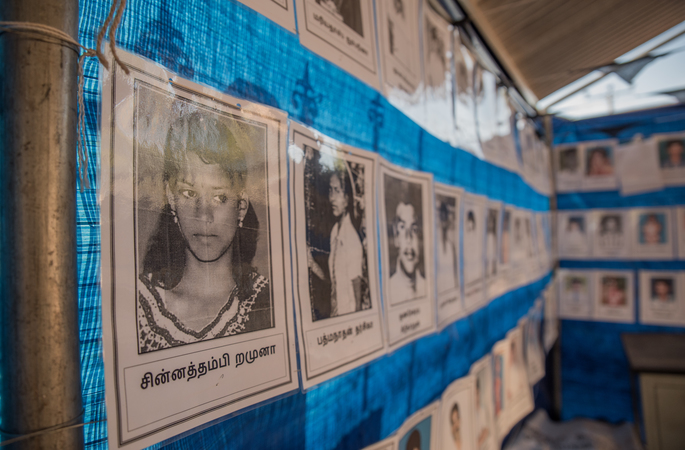
I travelled through five districts in search of stories that would encompass a film and body of photography to support research carried out by the International Centre for Ethnic Studies, attempting to identify post-war growth economic opportunities for women in the North.
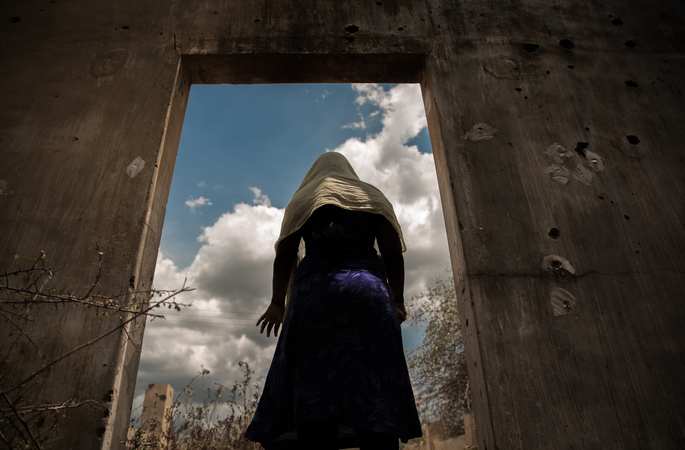
I might have been going to understand economic opportunities for women, but post-war landscapes like Mannar, Kilinochchi, Jaffna, Vavuniya, Mullaitivu and the Vanni in between come in with their own sub-narratives; most that I found, were gendered in circumstance.
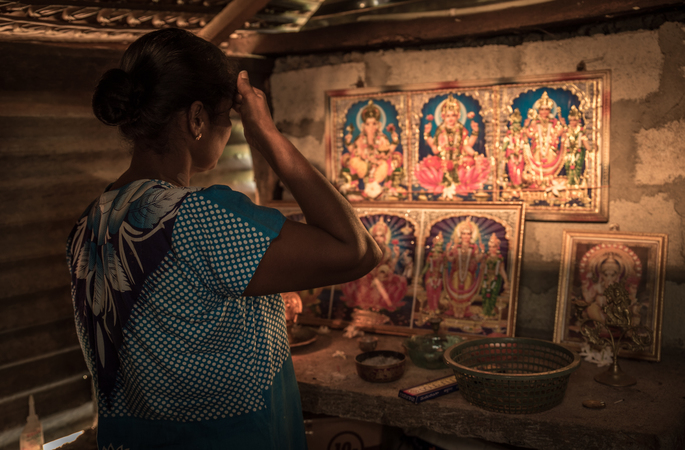
The terrible impacts of our war have been dreadful for everyone, but women are particularly limited in opportunity and raddled with additional burdens.
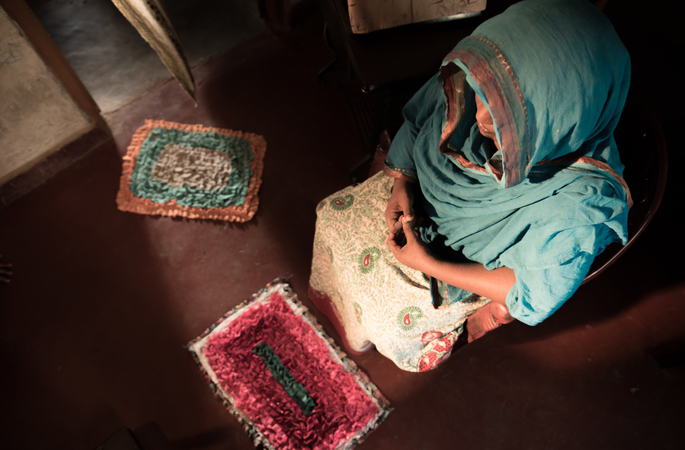
In their homes and spaces, I also found resilience. But associating a resilient nature with women in my country are commonplace. I am yet to meet one who isn’t.
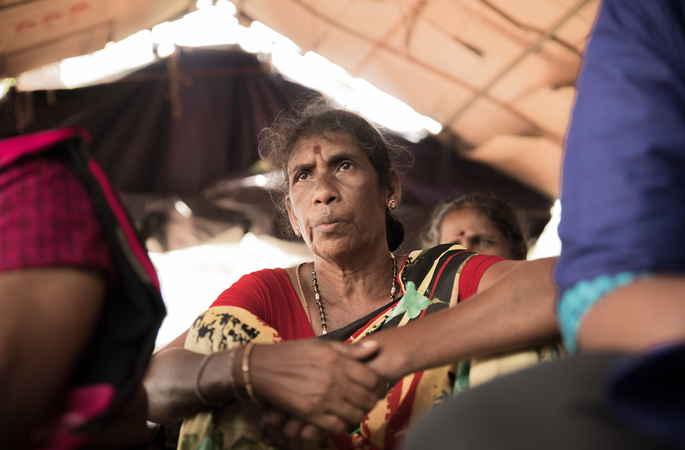
Out of tragic circumstances have risen powerful activists, successful businesswomen and even some of the toughest mums I know.

In fact, they provide evidence enough to demand that feminist theory has a radical re-look at the role of motherhood as one of the most powerful manifestations of feminism.
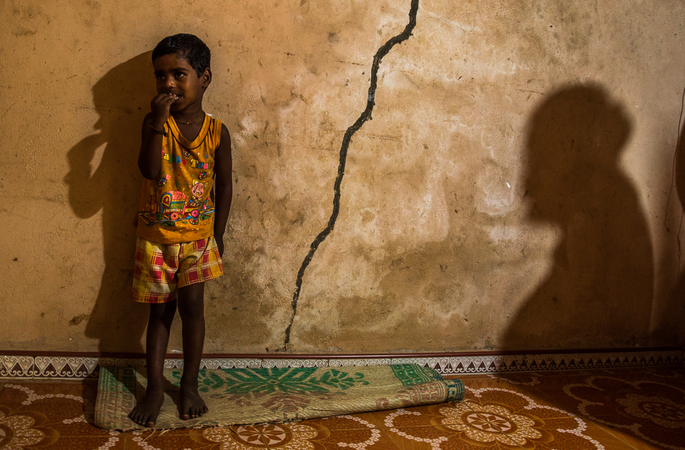
The women I met have little to no need for male validation, didn’t love their sons more and have become stronger sans the men that once formed the most important part of their lives.
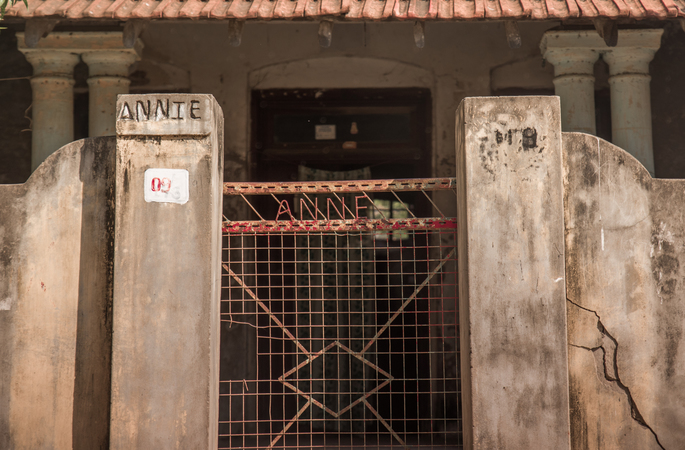
But some of it remains. Pictures on walls and in protest stalls depicting the dead or missing husbands, brothers, sons and daughters.
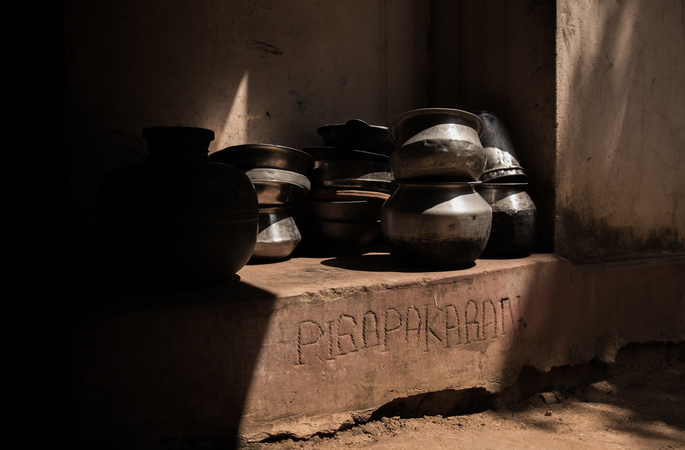
What remains are memories and bullet holes, unwavering faith and shards of shrapnel trapped underneath the skin – and one too many single mothers doing just about all of it, all alone. I am humbled.

This photo essay, a mish-mash of moments, remembers their everyday lives.
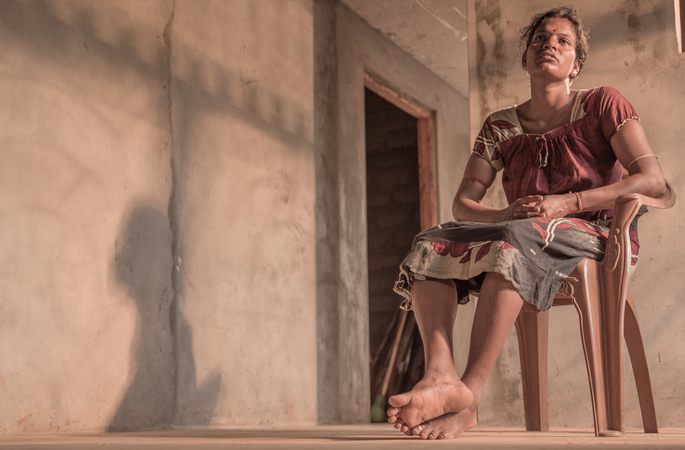
And the film, titled Rising Voices: The Women of the North, lets them tell you themselves. To be authentic to the process, it was created with no narration. Even the music you hear is the voice of an interviewee in song.
Note that some faces are concealed on request.

